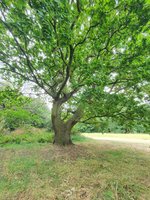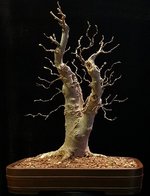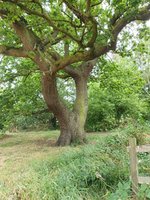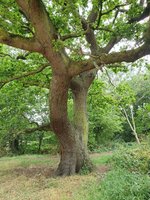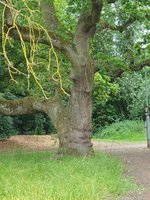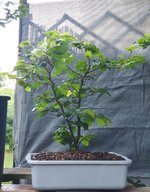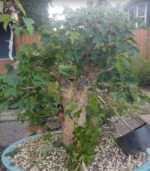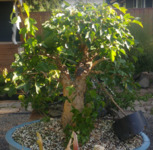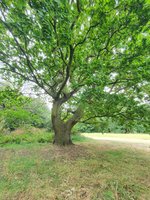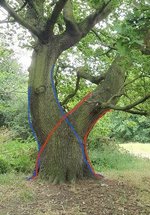BobbyLane
Imperial Masterpiece
I called it reverse taper in another thread, but I meant inverse taper. There is a swelling where the two trunks meet that will increase with time, its important to have a good base, that will also widen over time to offset the visual weight from where there the trunks meet.
Trying to load pics but painfully slow
Trying to load pics but painfully slow

